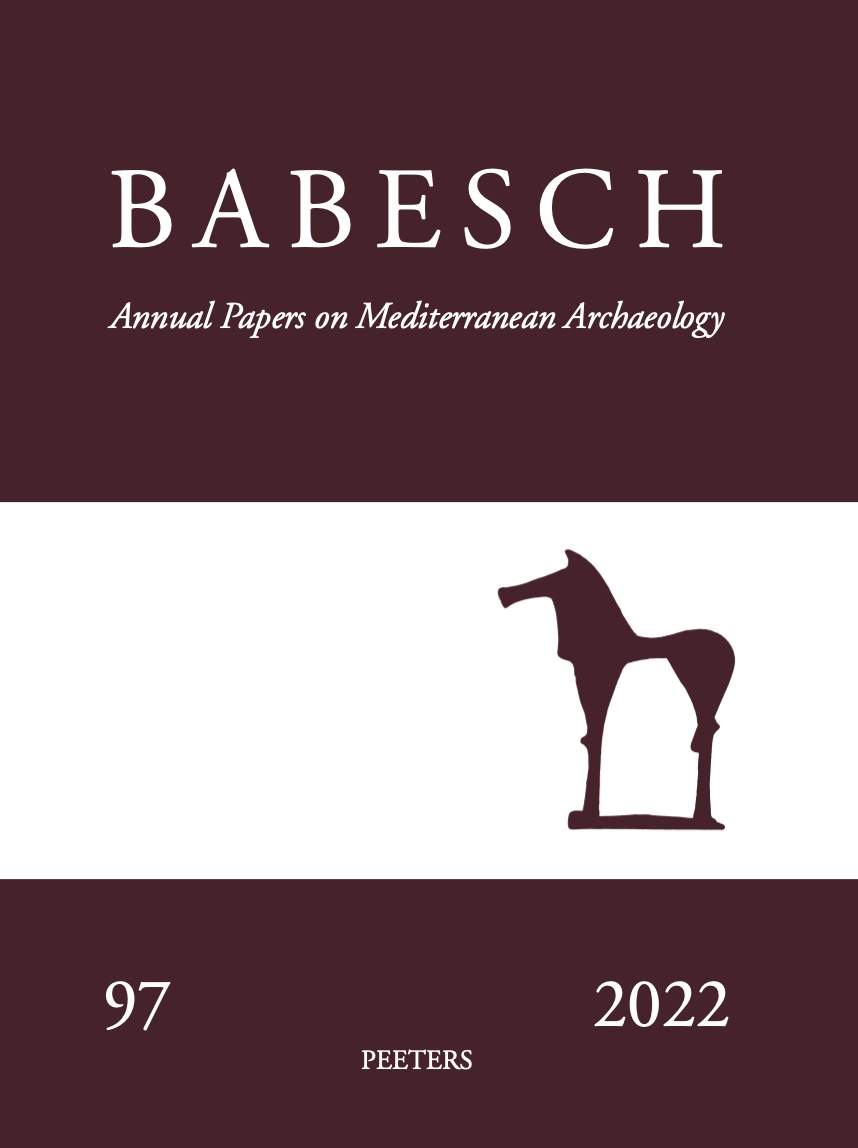 previous article in this issue previous article in this issue | next article in this issue  |

|
Document Details : Title: The Pithoi from the Ancient Anatolian City of Pessinus Subtitle: An integrated archaeological and petrographical analysis Author(s): DEVOS, G. , DE PAEPE, P. , VERMEULEN, F. Journal: BABESCH Volume: 74 Issue: Date: 1999 Pages: 79-110 DOI: 10.2143/BAB.74.0.541750 Abstract : Food conservation was a major preoccupation of all ancient communities. In the classical world of the Eastern Mediterranean large ceramic containers, most commonly called pithoi, were the standard utensils for the in-house bulk storage of such essential food products as grain, wine and oil. Although widely found on protohistoric and historic sites, these common and often crudely produced containers did not receive much attention by archaeologists and ceramologists. This paper tries to focus on these artefacts by analysing the excavated pithosmaterial from the central-Anatolian town of Pessinus. The diachronic approach – with finds from Phrygian times up to the early Byzantine period – as well as the integrated archaeological and petrographical analysis, shed light on such aspects as ceramic production techniques, typological evolution, commerce and food conservation and consumption in an inland town of classical Turkey. |
|
